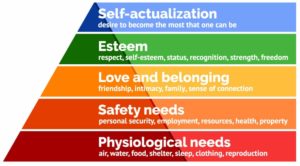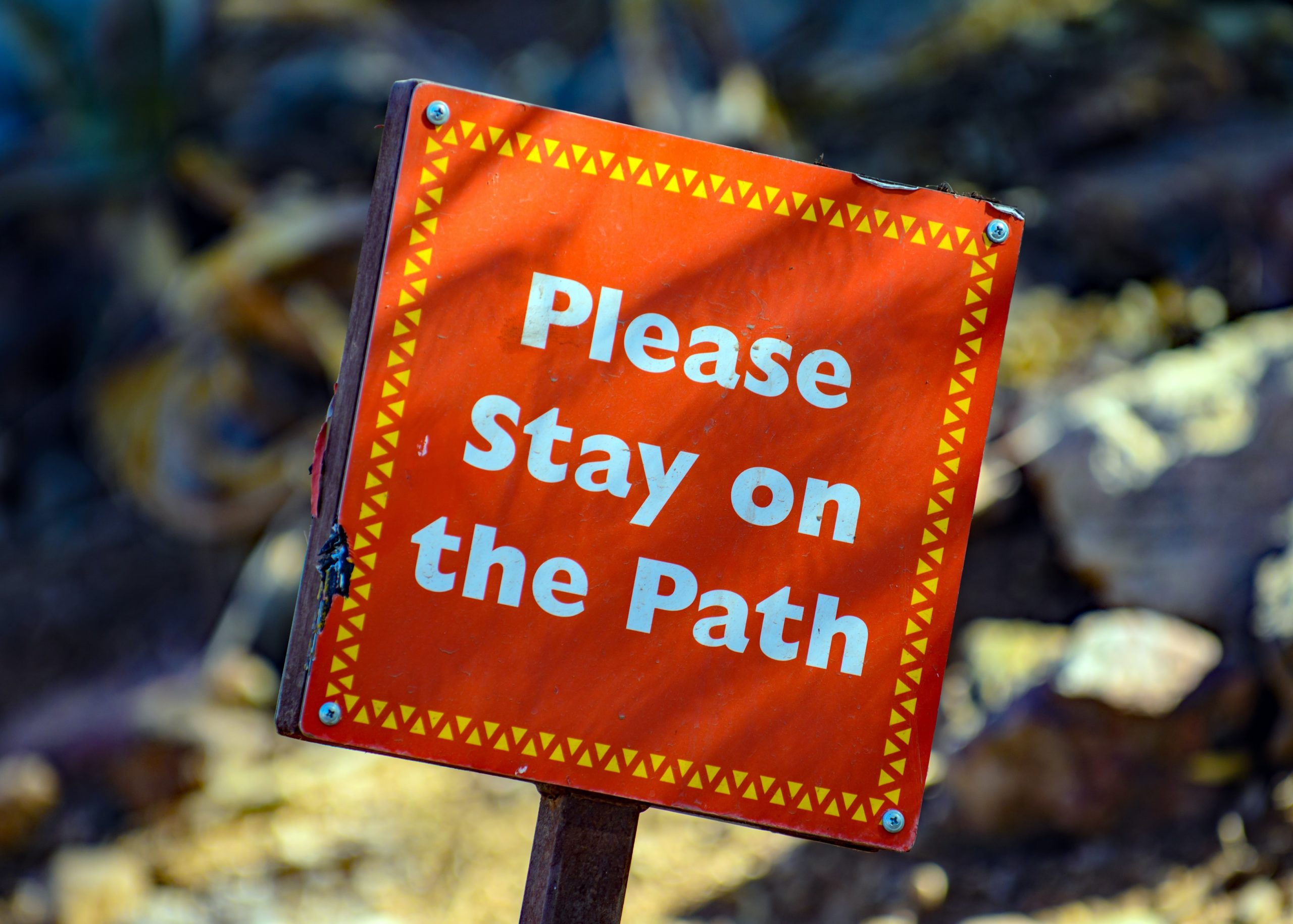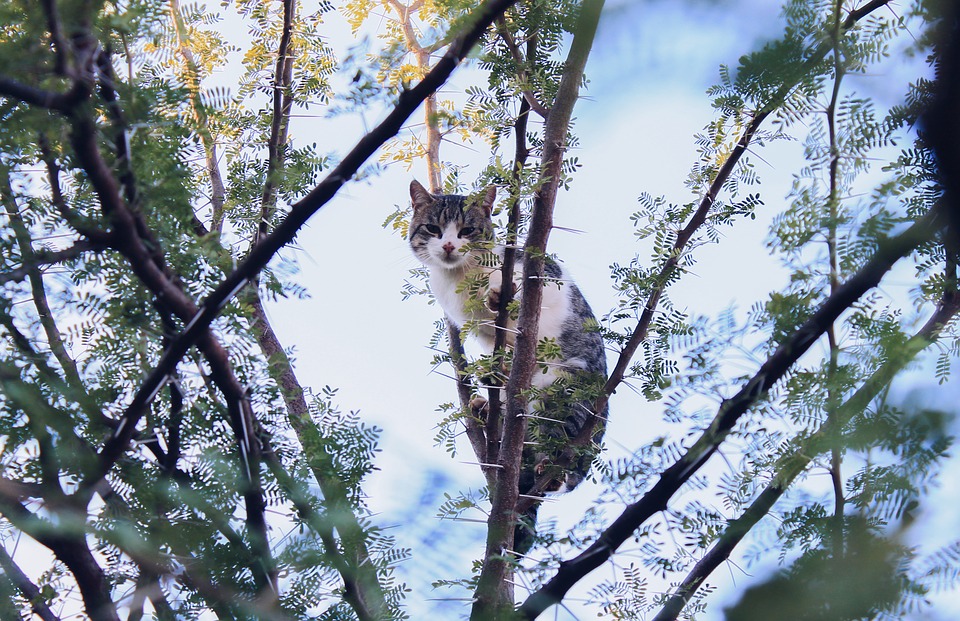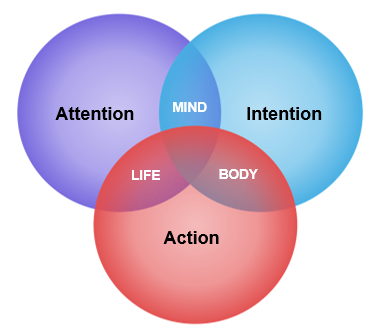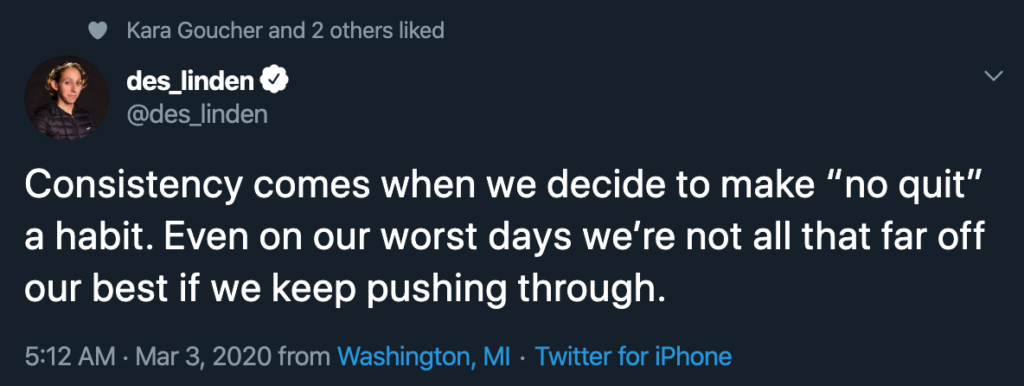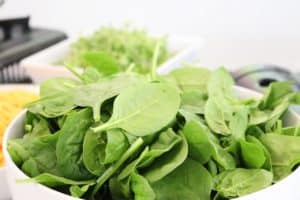
At a very early age, society, advertising, and popular culture start instructing which foods are a treat and which aren’t a treat. I remember Saturday morning cartoons glorifying cupcakes, cheeseburgers, doughnuts and candy while vilifying vegetables, fish, liver and cottage cheese. It’s insidious the way they programmed us to believe that a doughnut is a treat and it should be gobbled up the moment it presents itself but we should only eat spinach if we are forced to by an authority figure (mom or a doctor).
But the great thing about becoming an adult is that we have the free will to actually test these societal assumptions and make up our own minds. If – and that is a big IF – we take the time to do so. And that is the key right there.
Here is an experiment: the next time a coworker brings in a box of some type of sugared-dough or other, watch as everyone devours them. Are they even tasting anything? Does anyone savour their treat? Or are they simply reacting to some ancient programming that tells us: sugar + dough = yum.
But does it? Really? Every single time?
It may seem like I am picking on doughnuts here (and I am) because I personally had a revelation a few years ago that most doughnuts actually suck. And on top of that, they give me a bit of a stomach ache and, after the brief sugar rush, make my energy levels plummet for the rest of the day.
After I tested the theory a few more times and decided I was right, I stopped eating the doughnuts that were brought into the office (nearly) every Friday. In fact, I became known as “the guy who doesn’t like doughnuts” around the office. A badge of honour and pride that was envied by many of my coworkers who had decided years ago that they were powerless to resist the sugar-dough combo in any form. It appeared to them that I had some superpower. But in reality, I had just taken time to test the theory that these so-called treats were actually a treat to me.
They weren’t.
And with that new knowledge, I didn’t have to use any willpower, motivation or superpower to say “no thanks” to them. I honestly did not want them or the repercussions they brought with them. And I am not even talking about calories here.
After that, I started testing other so-called treats and sure, a few of them are still on my list (I am a sucker for whipped cream) but many others went the way of the doughnut. And on the flip side, I realized that grabbing a bowl of spinach to eat popcorn-style was something I really enjoyed.
- Cupcakes – nope.
- Hard Candy – never.
- Pie (most fruit) – yup!
- Brussel Sprouts – yes, please!
- Cottage Cheese (with ground pepper & diced carrots) – hell yeah!
- French Fries – hard pass (I know, right?!?)
The challenge!
This is something we do in the Weighless Program: we challenge our members to take the time to actually taste their food, fully experience it – in the moment and also for the few hours after – and make up their mind for themselves. Treat or not?
You may find that birthday cake holds no allure but a stalk of rhubarb does. Those generic cookies you buy in a box from a little girl in a funky outfit are flavourless and pasty while the cookies made by your mother-in-law are totally worth it. Just because the words “burger and fries” are often said together that doesn’t make them a must-have combo, if you don’t actually enjoy the fries.
What is a treat to you and only you? You independent and discerning individual?

